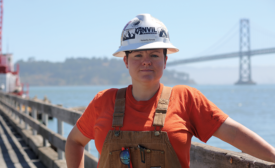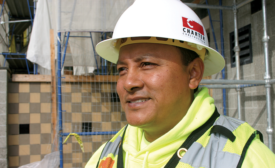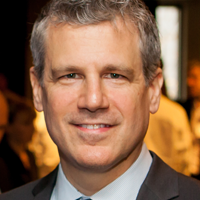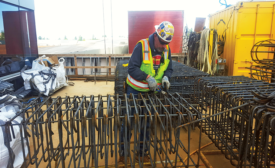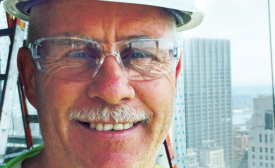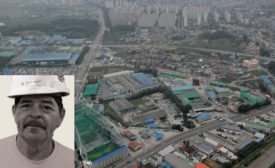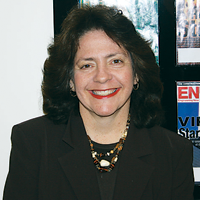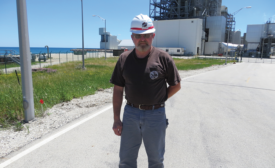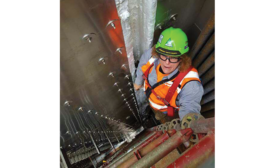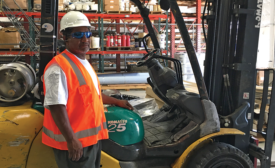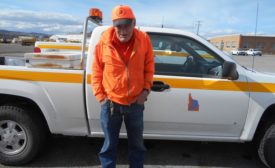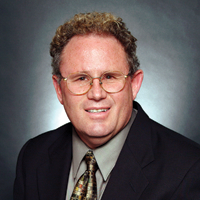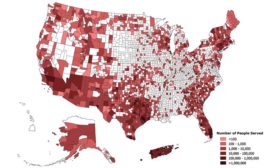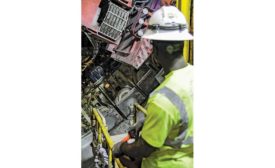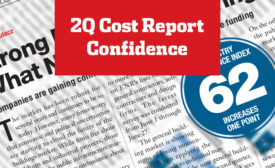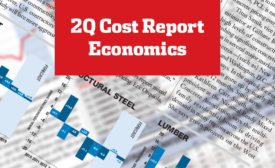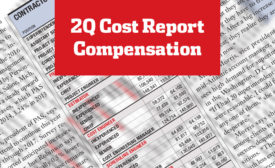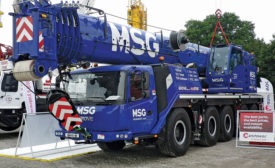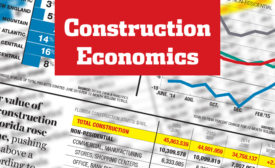Home » Publications » ENR
Our Publications
Please select a publication below.
ENR

July 11, 2016
Cover Story
Back to TopWorkers' Voices
Craft workers and supervisors seek economic security and good working conditions
Read More
Feature
Back to TopConstruction Workers' Voices
Operator Comes By Earthmoving Honestly
The joys and frustrations of civil construction
Read More
Construction Workers' Voices
Coming Full Circle Back to Electrical Construction
A former addict recovers and returns to the building trades
Read More
Construction Workers' Voices
Female Carpenter Loves Rough-and-Tumble Work
A damaged knee, but a healthy spirit
Read More
Construction Workers' Voices
A Jack-of-All-Trades Finds His Niche in Construction
A former undocumented immigrant settles in to legal work with green card
Read More
Construction Workers' Voices
A Tradeswoman Melds Style and Glamour With Ironwork
Retaining women, not recruiting them, is the real issue, says Blue Coble
Read More
Workers' Voices
Rodbuster Is Obsessed With Continuous Improvement
The 'Rodfather' looks back on his early career as a construction worker
Read More
Workers' Voices
Security Is the Reward for Carpenter and Foreman
Construction worker Maurice O'Connor builds interiors of N.Y. skyscrapers, landmarks
Read More
Workers' Voices
Carpenter Quotes Dalai Lama to Reflect on Global Career
Oregonian Rex Symank, 66, shares job skills with a younger generation on a giant U.S. military base-construction project in South Korea.
Read More
Workers' Voices
Worries About Being Passed Over for Young Apprentices
Thoughts from construction worker Dave Perkins, an industrial steamfitter
Read More
Workers' Voices
Construction Workers: Tennessee Boilermaker Has a Special Mentor
For Wendy Overeem, craft work is literally all in the family
Read More
Workers' Voices
A Passionate Ironworker Worries About Speed Over Quality
Foreman Vince Gurneau keeps his hands in the construction work
Read More
Workers' Voices
Construction As a Second Career
A onetime barber turns to construction work
Read More
Workers' Voices
Creativity Triggered By Plumbing Systems
A construction worker who first started learning skills from his father
Read More
Workers' Voices
Highway Concrete Tester Achieves New Longevity Record
A construction worker who is still on the job at age 77
July 6, 2016
News
Back to TopWater Quality
Is Flint’s Drinking-Water Crisis Just the Tip of the Iceberg?
Natural Resources Defense Council analysis claims 5,000 U.S. water systems have not monitored lead and copper content
Read More
Project Delivery
Why Dallas Called for Do-Over On Big Drainage Tunnel Project
An audit followed disqualification of Odebrecht Construction's low bid on Trinity River watershed job
Read More
Engineering Educators Elect First Black Woman President-Elect
Chicago Designer Alan Bombick Dies at 61
Read More
Second Quarterly Cost Report
Back to TopConstruction Costs
Strong Market Belies Fears About Building Construction in 2017
Will economic and political uncertainties cloud the future of the buildings market?
Read More
Departments
Back to TopViewpoint
Get Creative Engineering Juices Flowing
A leading engineering educator speaks out
Read More
Construction Economics
Back to TopThe latest news and information
#1 Source for Construction News, Data, Rankings, Analysis, and Commentary
JOIN ENR UNLIMITEDCopyright ©2024. All Rights Reserved BNP Media.
Design, CMS, Hosting & Web Development :: ePublishing





